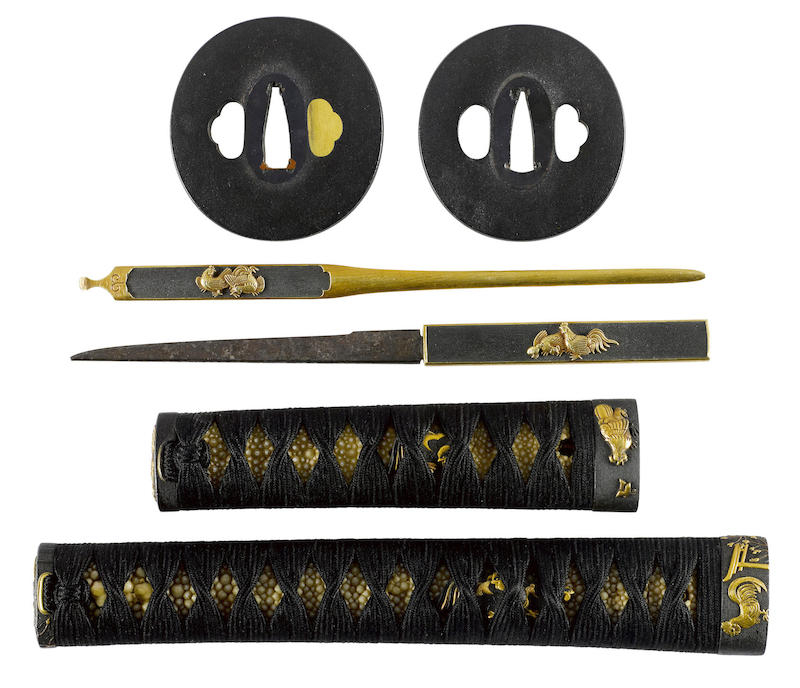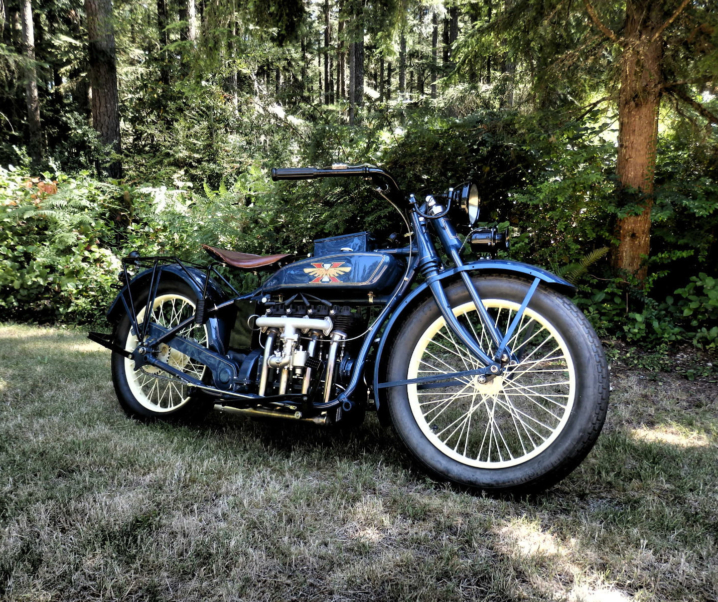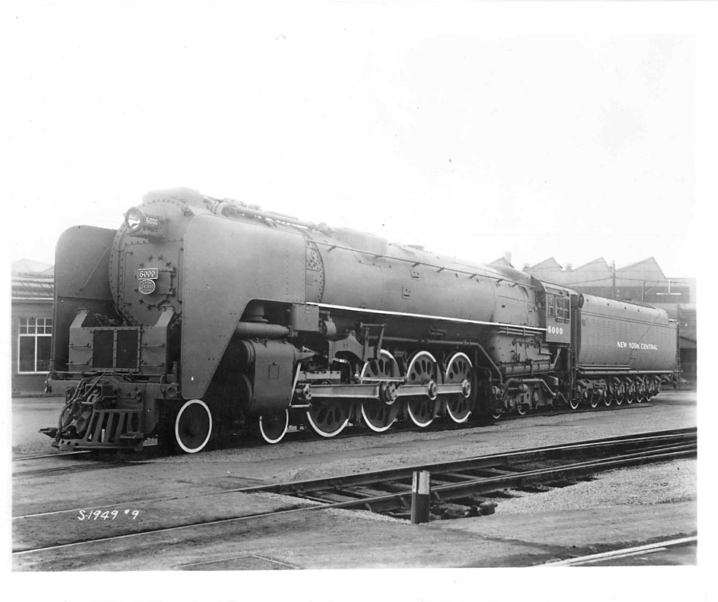The history of the Japanese people begins around the time of Christ in the last century BC when by which time they had migrated across from the mainland and were building a civilization on the Yamato Plain, the Buddhist influence coming in around five to six hundred years later. So Buddhism in Japan has about as long a history as Islam has in the Middle East, which means it is not as ancient as many seem to believe it is. A documentary titled “Lost Treasures Of The Ancient World: Episode 14 – Samurai Japan” looks at the time line of the history and is well worth watching. You’ll find it on YouTube if you click here.
Japanese mythology tells us that Japan was created when two gods dipped a sword into the sea. Thus it is that the sword has become one of the three treasures of Japan. The sword that had been preserved as a part of the emperor’s imperial regalia representing the sword that was dipped into the sea was lost in the final battle of the Genpai War (1180–1185), a naval battle called the Battle of Dan-no-ura. This is relevant to the two sets of Japanese sword koshirae (mountings) coming up for auction by Bonhams on 16th March 2016, as one set is decorated with imagery of the Genpai War.

The daisho became fashionable in and around the Edo period in Japan especially after the establishment of the Tokugawa Shogunate. Around that time only the samurai class were permitted to wear a long sword and only the samurai class were permitted to wear the long sword (daito) with a short sword (shoto), (“dai” meaning long, “sho” meaning short, and “to” meaning sword). The daisho was a badge of rank.

This set of daisho koshirae does not include actual sword blades. The term koshirae means mountings, so these daisho koshirae will most likely have wooden “blades” that support the fittings for display.
The Bonhams description for this set is as follows:-
“The fittings by Goto Renjo, Edo period (1615-1868), 18th-19th century
Each comprising a black-lacquer saya and tsuka wrapped in purple silk and mounted en-suite with shakudo nanako fittings including kurikata, tsuba, fuchi-gashira and menuki, all designed with scenes from the Genpei wars, in iroe taka-zogan and taka-bori, the tsuba and fuchi-gashira signed Goto Renjo and with a kao, the wakizashi goshirae fitted with a kozuka signed Goto Renjo and with a kao
With Tokubetsu Kicho (Especially Precious Sword Fitting) certificate no. 2940 issued by the Nihon Bijutsu Token Hozon Kyokai (Society for Preservation of Japanese Art Swords), dated March 23 1973.
37 3/4in (96cm) long (dai); 29in (73.5cm) long (sho)”
The set is very simple and aesthetic producing a delightful contrasting between the gold of the decorations and the black of the saya (scabbard) and tsuka maki (bindings around the hilt)

The Bonhams description for this set of koshirae is as follows:-
“A daisho Koshirae with fine kinko fittings
Each with a black-laquer saya decorated with plum-blossom family crests in yamimaki-e, the
tsuka wrapped in black silk, the katana goshirae mounted with shakudo nanako-ji fuchi-gashira with roosters, hens and chicks by a torii gate and young pines beneath a full moon in iroe taka-zogan, signed Hisahide (Kikugawa) and with a kao; the wakizashi goshirae mounted with shaukdo nanako-ji fuchi-gashira decorated with roosters, hens and chicks in gold takazogan, signed Yoshiharu (Kuwamura) and with a kao, and a kozuka and kogai decorated to match, each koshirae with an oval shakudo plate tsuba finished in a “crepe” pattern.
39 1/2in (100.5cm) (dai); 28 1/8in (71.4cm) long (sho)”

Jon Branch is the founder and senior editor of Revivaler and has written a significant number of articles for various publications including official Buying Guides for eBay, classic car articles for Hagerty, magazine articles for both the Australian Shooters Journal and the Australian Shooter, and he’s a long time contributor to Silodrome.
Jon has done radio, television, magazine and newspaper interviews on various issues, and has traveled extensively, having lived in Britain, Australia, China and Hong Kong. His travels have taken him to Indonesia, Israel, Italy, Japan and a number of other countries. He has studied the Japanese sword arts and has a long history of involvement in the shooting sports, which has included authoring submissions to government on various firearms related issues and assisting in the design and establishment of shooting ranges.









